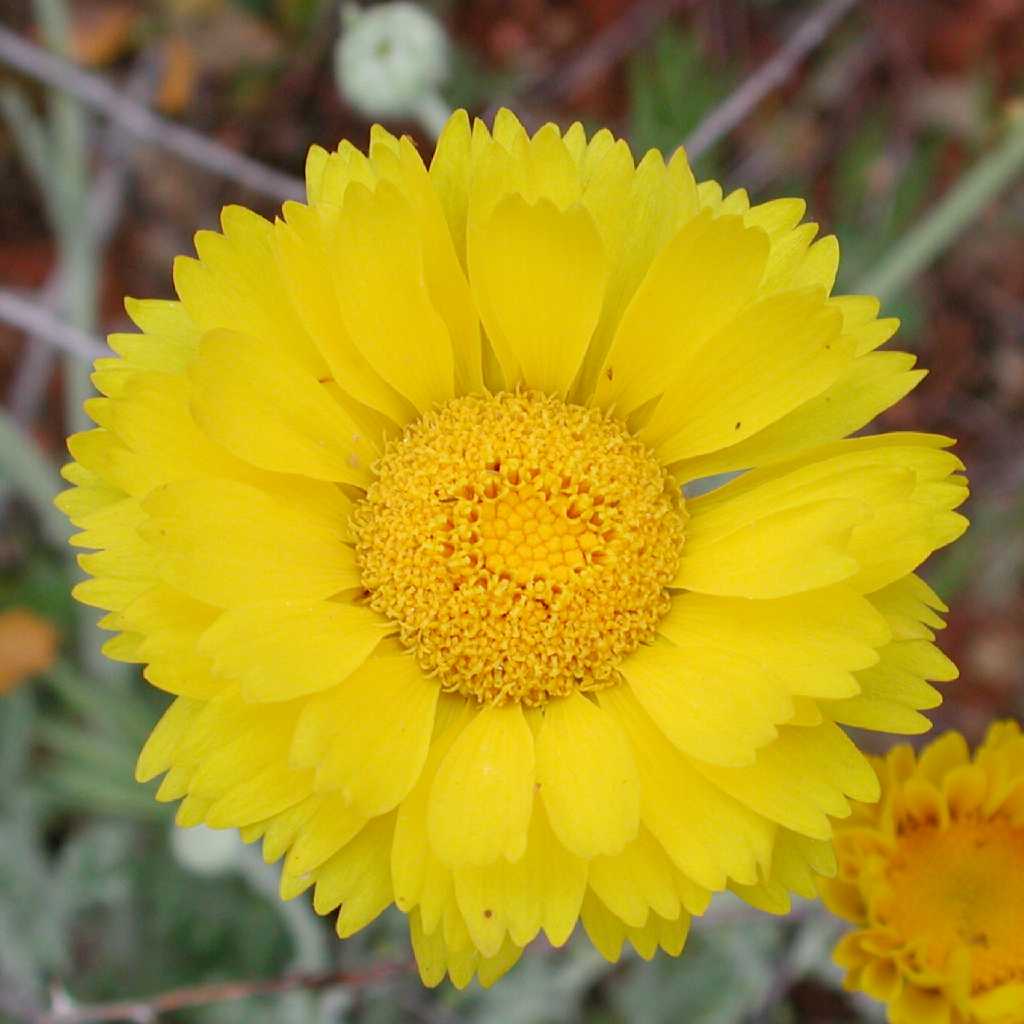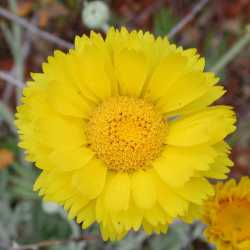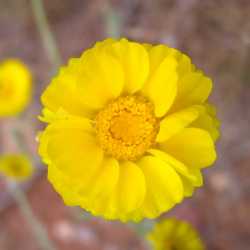Annuals, biennials, or perennials, 15-100 cm. Stems erect, branched from bases or ± throughout, floccose-woolly. Leaves basal and cauline; alternate; petiolate (basal) or sessile (cauline); blades lance-linear to broadly ovate, sometimes pinnately lobed or pinnatifid, ultimate margins entire, faces usually floccose-woolly. Heads radiate, borne singly or in cymiform arrays. Involucres campanulate to hemispheric, 5-25 mm diam. Phyllaries persistent, 8-13 or 21-34 in 2 series (spreading to erect in fruit, distinct, mostly lance-linear, subequal, floccose-tomentose). Receptacles flat to convex, shallowly pitted, epaleate. Ray florets 5-7 or 20-55, pistillate, fertile; corollas (usually marcescent) yellow. Disc florets 10-20 or 40-100+, bisexual, fertile; corollas yellow (hairy), tubes shorter than throats, lobes 5, ± deltate (anther appendages ovate; style-branch apices truncate to acute). Cypselae narrowly obpyramidal, weakly ribbed or striate, glandular-pubescent; pappi usually 0 (rarely of scales). x = 16.
Baileya is perhaps best known by B. multiradiata, which is the most widely distributed, most abundant, and (usually) earliest blooming of the three species in the genus. The large-headed vernal form is particularly attractive; this, together with its long flowering season and its drought tolerance, have given the plant recognition in horticultural circles.






